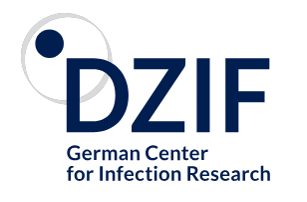TTU 04.820
"HIV Reservoir - Comprehensive description of the HIV reservoir, regulators of HIV persistence and reactivation, biomarkers of latently infected cells, interventional approaches and purging"
Short Summary
The latent reservoir of integrated and transcriptionally silent HIV genomes represents the ultimate barrier to HIV cure. Biomarkers to identify these latent reservoirs and efficient strategies for their eradication are lacking. The project aims at characterizing the latent reservoir and at establishing new and refined experimental approaches to identify relevant surface-exposed biomarkers or druggable metabolic characteristics for subsequent therapeutic targeting. In a first step, we contributed to the development of a gene editing approach which allows for activation-neutral manipulation of resting CD4 T cells, which will now enable the functional analysis of the relevance of individual factors involved in latency establishment and reactivation. We also identified the viral pathogenesis factor Nef as viral determinant of latency control and facilitated by DZIF sequencing funds, we are currently assessing by RNA-Seq the transcriptomic changes induced by Nef during latency establishment. With a goal of defining the metabolic profiles of latently infected cells, we showed that productive viral replication induces oxidative stress responses and degradation of the cellular PML protein in CD4 T cells, which we defined as markers of latently infected cells. The switch from glycolysis towards the pentose phosphate pathway initiated by oxidative stress is a characteristic of cells harboring latent proviruses, which highlights the role of cellular metabolism in proviral latency. Ongoing studies now focus on microglia, immune cells in the brain, with a goal to better define this important cellular reservoir. Finally, we demonstrated that intact HIV capsid travel to the nucleus where reverse transcription is completed and the viral genome is released. These findings have important implications for our understanding of genome integration and latency establishment but also for the development of drugs targeting HIV capsids such as Lenacapavir, a first-in-class capsid inhibitor with a multi-stage mechanism of action.
Highlights
- A novel gene editing approach which allows for activation-neutral manipulation of resting CD4 T cell, suitable for downstream analysis of factors involved in latency establishment and reactivation (Albanese et al., Nat Meth, 2022)
- HIV-1 infection causes increased oxidative stress responses and a switch in cellular metabolism during the establishment of latency (Shytaj et al EMBO Mol Med 2021; Shytaj et al EMBO J 2020). These findings provided the basis for on one approved European patent, an additional international application is pending
- First demonstration of intact HIV-1 Capsids in the nucleus (Zila et al. Cell 2021)




